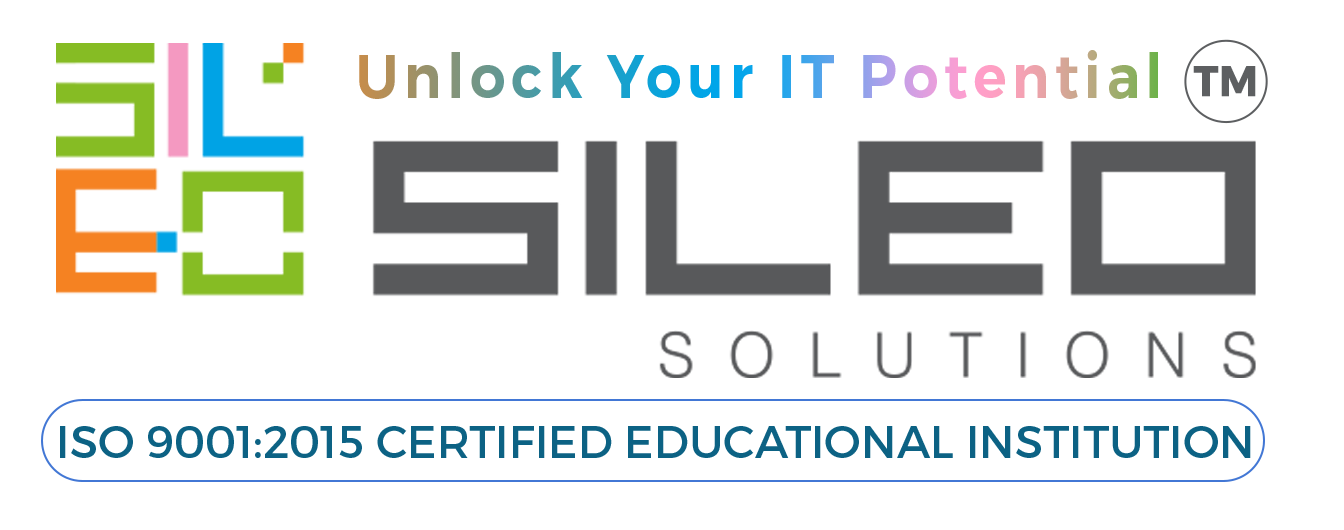Check Point Certified Security Administrator (CCSA)
The Check Point Certified Security Administrator (CCSA) certification is designed for IT professionals with a basic understanding of Check Point implementations. It is the lowest level on the Check Point certification path, and it deals with various security administration tasks on Check Point hardware and software.
PREREQUISITES
6 months to 1 year of experience with Check Point products recommended.
General knowledge of networking and TCP/IP.
Working knowledge of Windows, UNIX, network technology, and the internet.
The CCSA R80 certification validates a candidate’s understanding of these Check Point topics and skills:
- Check Point Technology Overview
- Security Policy Management
- Traffic Monitoring
- Network Address Translations
- Basic Concepts of VPN
- Managing User Access
- Working with ClusterXL
- Administrator Task Implementation
Course Outline:
1. Check Point Technology Overview:
– Understand Check Point’s Security Management Architecture
– Learn about Check Point Software Blade architecture
– Examine the deployment scenarios and security considerations
2.Security Policy Management:
– Create and manage a Security Policy
– Understand Rule Base concepts and best practices
– Configure policies for multiple users, communities, and administrators
3.Implementation of Policy Layers:
– Understand the concept of Policy Layers and their usage
– Implement rules and objects in the Policy Layer database
– Use Global Properties and VPN communities in a Security Policy
4.Monitoring and Troubleshooting:
– Use various tools for monitoring network traffic and connections
– Monitor gateway and server logs
– Troubleshoot Security Gateway and Management Server issues
5.Network Address Translation (NAT):
– Understand the NAT concept and usage in a Security Policy
– Configure and troubleshoot NAT rules
6.User Management and Authentication:
– Manage users, groups, and roles in the Check Point User Database
– Learn about Authentication methods and integration with external user databases
7.Site-to-Site VPN:
– Understand the architecture and components of a VPN
– Configure a site-to-site VPN between two Security Gateways
8.Remote Access VPN:
– Configure and troubleshoot Remote Access VPN solutions
– Understand VPN client options and features
9.Secure Internal Communication (SIC):
– Understand the Secure Internal Communication encryption scheme
– Establish a secure communication between Security Gateways and Management Servers
10.SmartConsole:
– Use the Smart Console application for security administration tasks
– Understand the features and capabilities of SmartConsole

